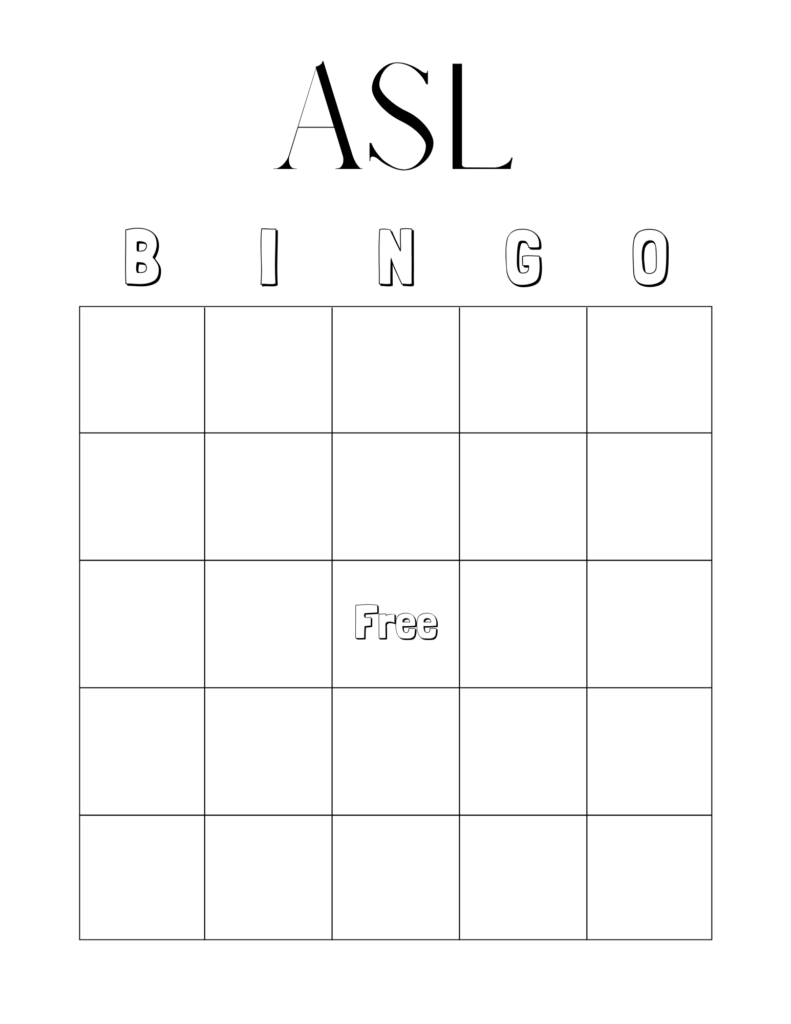This week I am going to explore ways to teach numbers in ASL to elementary and middle school students. Numbers are a great next step after introducing students to the ASL alphabet. ASL Numbers can be used in the classroom when giving an amount or a time. For example, students could hold up an ASL number as an answer to a math question or teachers could use all numbers to tell students how much time is left in an activity. There are so many ways ASL Numbers can be beneficial in the classroom!
ASL Numbers puzzle activity
Once students understand the basics of numbers in all, they can practice them with number puzzles. I have created an example of an ASL number puzzle where students have to mach the sign for a number, the numeric number, the written number, and the number of dots. This allows student to practice numeracy skills as well as ASL. This activity could be done individually or in small groups and be used as an assessment tool if students glued pieces together on a paper or in a notebook. The PDF of my ASL Numbers puzzle is attached below if you would like to download or view!
Days of the Month
Another method to teaching numbers in ASL is to sign the numerical days of the month. For example, on the 1st of October students would learn the sign for one. As the moth progresses, students can count up to the day they are on. For example, on the 12th of October students would sign the numbers up to 11 and then learn the sign for 12. This way, students get a little bit of practice with ASL Numbers every day and continue to learn new ones!
ASL Numbers Bingo
Using Bingo to practice numbers in ASL can be fun and engaging for students! Students will get a bingo sheet and fill it with numbers they have already learned in ASL. If a number gets called that a student has on their sheet, they will show the sign for that number and then cross it off! Below is an image of a sample ASL bingo sheet I created. The PDF version is available as well!

So far I have found resources to teach the ASL alphabet and numbers to students. I am excited to continue exploring ASL and ways to teach it to students! If you are looking to learn more as well, come back next week! Thanks for reading 🙂
